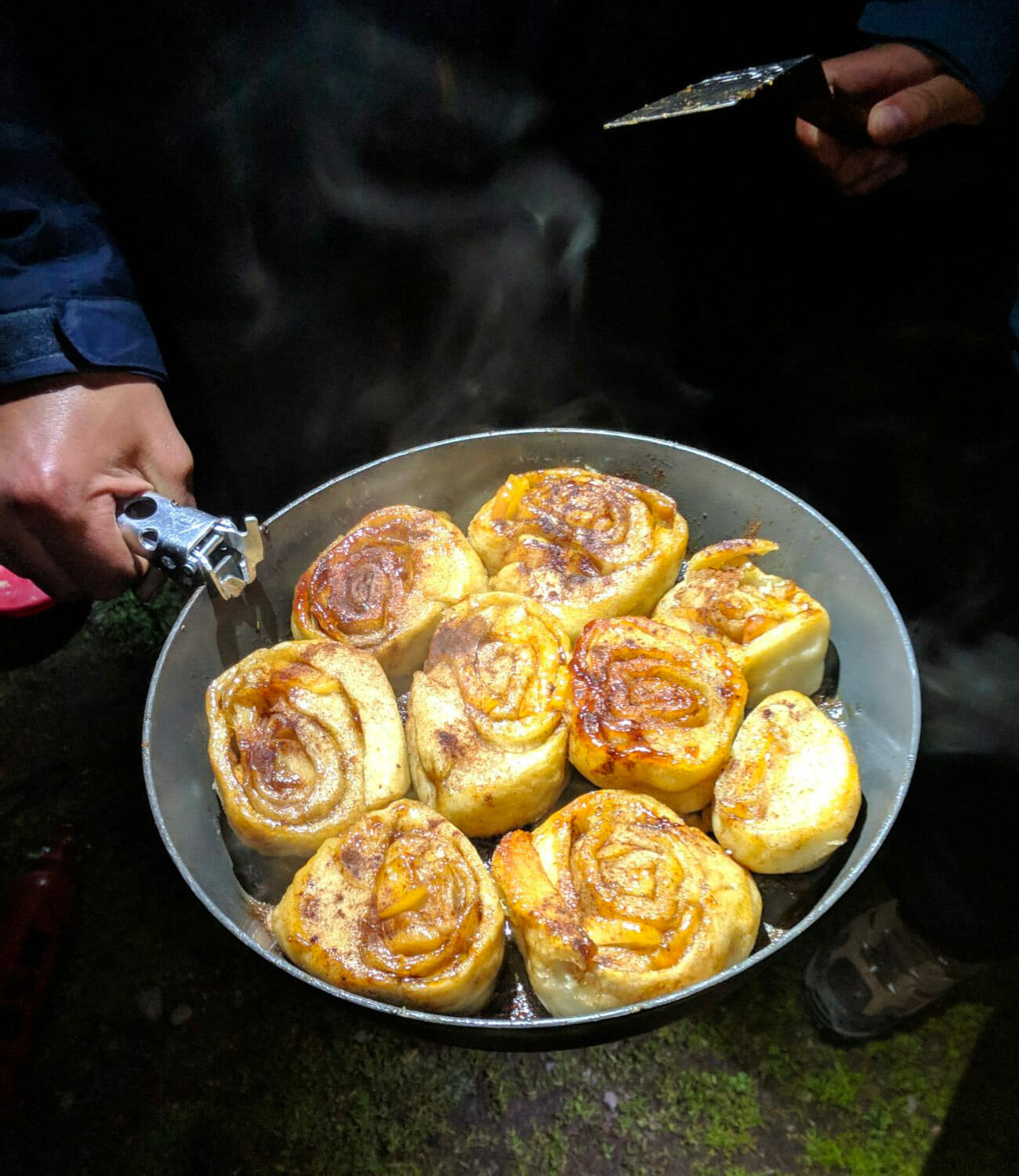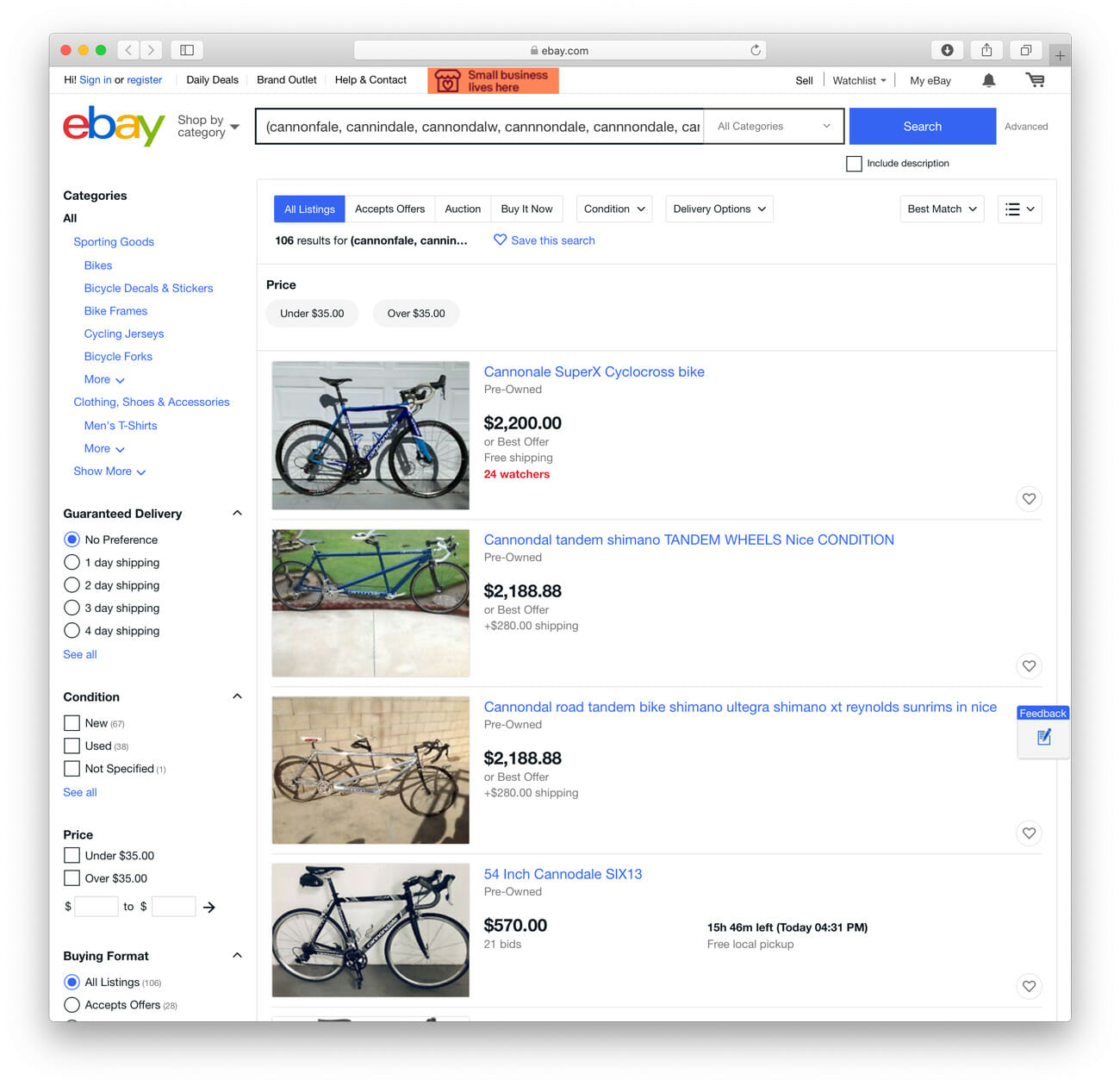Recently, Sea to Summit, an Australian outdoor gear company, released a frying pan for camping and expeditions called the Alpha Pan. The frying pan is made of aluminum and stainless steel, it has a non-stick coating, its handle folds down to save space inside a backpack, and, in its biggest, 10-inch-diameter size, it weighs 11.8 ounces — less than a can of beer.
When students arrive at the National Outdoor Leadership School, a leading wilderness school with branches all over the world, they receive a set of standard-issue gear to get them through courses that might have them living outdoors for three months, or more. They do not receive an Alpha Pan in that set of survival essentials; they get a Fry-Bake. (I should know; I’m a NOLS grad myself.)
A Fry-Bake is about a simple as cookware gets. It’s circular with tall, near-vertical walls and calls to mind a cast-iron skillet without a handle. It isn’t cast iron — it’s aluminum with an anodized, semi-non-stick hard coat surface — although it is inspired by those heavier pans, which used to be a common choice when going off-grid.
According to A Worthy Expedition: The History of NOLS, it was a 14-inch cast-iron skillet that Pam Banks hauled around Utah’s canyonlands during a family camping trip in 1977 that inspired her to create a new, lighter type of pan for outdoor cooking. Aided by her father, who worked in metal manufacturing, she got to to work designing one.
Early prototypes were too shallow, so they heightened the sidewalls. Banks tapped NOLS for feedback — to no surprise, she is both a former student and instructor — and even supplied early prototypes to its courses. Once she had a final design, she partnered with the school to make the first production run.

Photo: Stanford Adventure Program
That was back in 1979, but the Banks Fry-Bake Company still makes the Fry-Bake pans like they used to, albeit in various sizes to suit different types of trips. Functioning as something of a cross between a skillet and a dutch oven, backcountry chefs can fry, steam, sauté and even bake in them. You can clean it out by scrubbing it with sand without worrying about destroying its cooking surface. In place of a handle, Banks Fry-Bake Co. sells a product called PotGripz, which is simply a pair of angled pliers.
NOLS still uses the pans, as it has since ’79. “NOLS considers the Fry-Bake essential because it’s lightweight, durable, easy to clean in the field, and the lid works really well for twiggy fires,” explains Kevin McGowan, retired NOLS Rocky Mountain Equipment Manager. There are a number of versions, including the small Alpine Pan, weighing in around 7 ounces, to the larger Expedition Pan that NOLS uses, which is closer to 19.
Size is important. “You can cook enough food for three hungry, hungry people in a Fry-Bake,” says Rich Brame, an instructor and director of alumni relations at NOLS. “Our philosophy is food is more than just fuel,” he continues. “You can get away with canned Vienna sausages for a weekend, but when you’re out for weeks, you really want and crave and need other culinary options.” (Brame also notes that in a pinch, you can use a Fry-Bake lid to shovel snow for a tent platform when camping in the mountains.)
The pan and the process of learning how to cook everything from pizza to cinnamon buns in it over a single gas burner — sometimes in the vestibule of a tent or beneath a tarp during a rainstorm — might even offer lessons of its own. That to make do with what’s at-hand can be a liberty, not a constraint. Or, perhaps more directly, that versatility and simplicity are essential in the wilderness, even if it means shouldering a few extra ounces in your backpack to get it.




